The yield frequency of a generator is one of the vital parameters that decide the generator’s rating. The electrical yield of the generator must be at a settling frequency, 50 Hz or 60 Hz. This will coordinate the yield of a standard electrical matrix or the frequency rating of your apparatuses. The frequency is normally 60 Hz in the US and 50 Hz in Europe. You may likewise run over various detached segments of a similar network operating at various frequencies. It at that point winds up fundamental to change the yield of generator frequency to coordinate that of the machines to be in power or of the framework to which your generator is association.
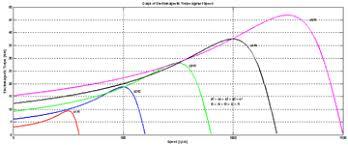
Figure 1: Different Methods of Speed Control
Table of Contents
(1) Changing Engine Speed to Vary Output Frequency
Exhibit day generators comprise of an engine specifically associated with an alternator to create power. A standout amongst the most widely recognized methods for changing the yield of a generator frequency is to change the revolution speed of the engine.
The two components are connect according to the accompanying recipe –
Generator Frequency (f) = Number of cycles every moment of the engine (N) * Number of attractive posts (P)/120
On the other hand, P = 120*f/N
According to the above formulae, a 2-post generator delivering a yield frequency of 60 Hz has an engine speed of 3,600 rpm. To change the yield frequency to 50 Hz for a similar generator arrangement, the engine speed should diminish to 3,000 rpm. Also, for a 4-post generator, an engine speed of 1,800 rpm produces yield of 60 Hz. Lessening the engine speed to 1,500 rpm yields a yield of 50 Hz.
On account of little or private generators, you can modify the engine rpm settings by rolling out a couple of improvements on the control panel of your unit.
Tips
Take after the means offered underneath to modify your generator frequency from 60 Hz to 50 Hz:
- Run your generator engine and tune the frequency meter on your control panel to peruse 50 Hz.
- Check the AC voltmeter or potentiometer by and large and read the voltage yield of the generator. The yield voltage diminishes as you decrease the frequency and might be lower than the coveted esteem.
- Adjust the AC voltmeter or potentiometer on your control panel until you acquire the coveted yield voltage at 50 Hz.
- By influencing comparative alterations on the control to panel, you can build the frequency from 50 Hz to 60 Hz.
- If the control panel does not show the frequency, you should first interface a gadget that will gauge the frequency while the generator is in task and afterward change the engine rpm.
Generator controller units attempt ongoing observing and control of your unit. Worked in defensive capacities naturally close down your generator on account of abundance engine rpm or low yield frequency. For extra data on the usefulness of a generator please read the accompanying article, How Generators Work.
(2) Generator Frequency Convertors
In the event that you utilize a settled speed generator, you could connect a frequency convertor to your unit. A frequency convertor is a blend of a rectifier and an inverter. The rectifier utilizes the generator’s rotating current (AC) yield to deliver coordinate current (DC). The inverter at that point changes over this to create AC yield of the coveted frequency. Any going with change in voltage is accidental to the reason for the unit and furthermore relies upon the application for which the frequency convertor is in utilization.
Generally, frequency convertors, for example, rotational convertors and engine generator sets, are electromechanical parts. With the coming of strong state hardware, these are presently worked as totally electronic units.
Notwithstanding adjusting the yield frequency, these units are likewise used to control the torque and speed of AC engines. Frequency convertors additionally discover application in the avionic business for transformation of 50 Hz or 60 Hz to a yield of 400 Hz that is utilized as a part of the ground power unit of planes. These frameworks are likewise control the speed of fans and pumps and other variable torque loads operating on factor speed.
(3) Electronic Variable Speed Gensets
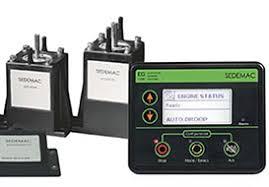
Electronic Variable Speed Gensets
There is a unique class of generators known as electronic variable speed gensets in which differing the speed of the engine changes the speed of the alternator to consequently create a yield of variable frequency. A frequency inverter is then used to redress the changing generator yield to coordinate the required yield frequency of 50 Hz or 60 Hz. Utilization of this gadget dispenses with the need of variable speed drive and transformer. The disadvantage of this innovation is that the electronic segment, notwithstanding being costly, isn’t reasonable for use in harsh situations in which a generator typically works.
Note that these are not quite the same as factor speed gensets that have continuously factor transmission (CVT), which enables the rpm of the engine to be changed yet keeps up a steady speed of the alternator. This does not adjust the yield frequency but rather enables the generator to change the yield power of the generator to address variable load prerequisites.
(2) Generator Frequency Convertors
In the event that you utilize a settled speed generator, you could connect a frequency convertor to your unit. A frequency convertor is a blend of a rectifier and an inverter. The rectifier utilizes the generator’s rotating current (AC) yield to deliver coordinate current (DC). The inverter at that point changes over this to create AC yield of the coveted frequency. Any going with change in voltage is accidental to the reason for the unit and furthermore relies upon the application for which the frequency convertor is in utilization.
Generally, frequency convertors, for example, rotational convertors and engine generator sets, are electromechanical parts. With the coming of strong state hardware, these are presently worked as totally electronic units.
Notwithstanding adjusting the yield frequency, these units are likewise used to control the torque and speed of AC engines. Frequency convertors additionally discover application in the avionic business for transformation of 50 Hz or 60 Hz to a yield of 400 Hz that is utilized as a part of the ground power unit of planes. These frameworks are likewise control the speed of fans and pumps and other variable torque loads operating on factor speed.
(3) Electronic Variable Speed Gensets

There is a unique class of generators known as electronic variable speed gensets in which differing the speed of the engine changes the speed of the alternator to consequently create a yield of variable frequency. A frequency inverter is then used to redress the changing generator yield to coordinate the required yield frequency of 50 Hz or 60 Hz. Utilization of this gadget dispenses with the need of variable speed drive and transformer. The disadvantage of this innovation is that the electronic segment, notwithstanding being costly, isn’t reasonable for use in harsh situations in which a generator typically works.
Note that these are not quite the same as factor speed gensets that have continuously factor transmission (CVT), which enables the rpm of the engine to be changed yet keeps up a steady speed of the alternator. This does not adjust the yield frequency but rather enables the generator to change the yield power of the generator to address variable load prerequisites.
Frequently asked Questions:
-
The speed at which the rotor of the motor generator rotates per second is called the frequncy of generator. 50Hz (60Hz) means the rotor of the motor generator turns 50 (60) cycles per second, the current changes 50 (60) times per second back and forth, direction changes 100 (120) times.
- Is 60Hz more dangerous than 50Hz?
It is safer to use higher frequency generators (i.e. 500 or 600 Hz) than low frequency generators i.e. 50 Hz or 60Hz as it is less dangerous. Similarly even DC current and voltages have same level of voltages and are less dangerous than AC currents & voltages which are three to five times more dangerous.3. Why is Europe 50Hz and US 60Hz?
It is the historic reasons, due to which US companies are making 60Hz equipments and companies in Europe make 50Hz equipments. The best part is that each of them can have a competitive edge.
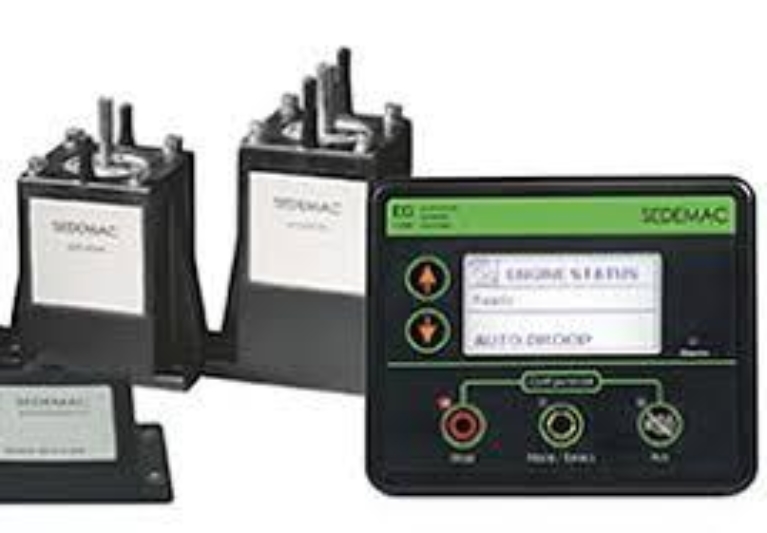

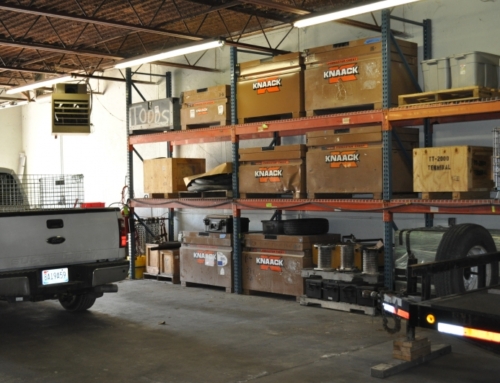
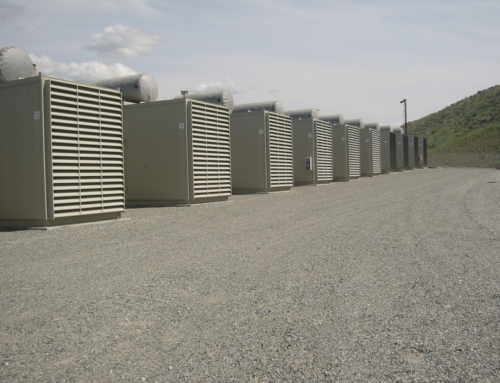
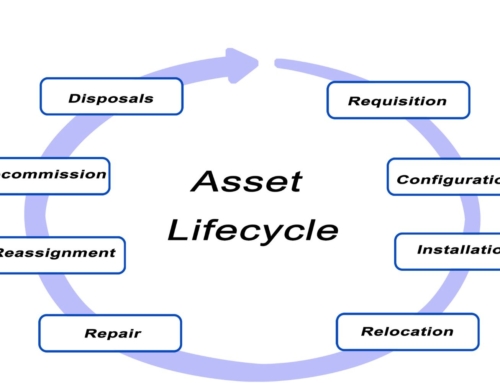
![Commercial Generators Buying Guide 2024 [By Generator Specialist]](https://www.midamericaengine.com/wp-content/uploads/2016/07/Another-Commercial-Power-Project-Completed-500x383.jpg)
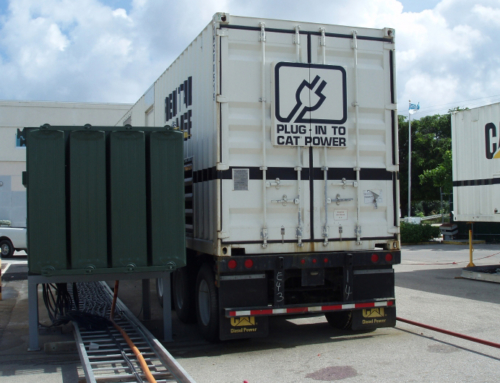






Leave A Comment